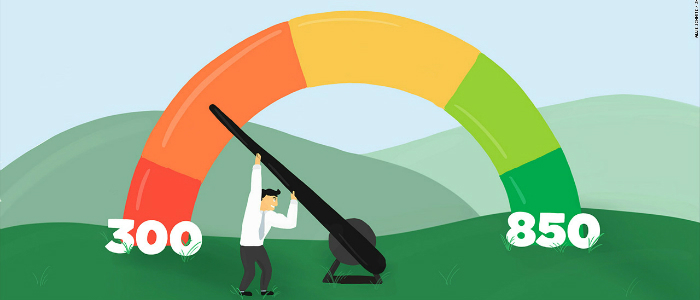|
|
5 Life-Hacks to Improve Your Credit in 30 Days

5 Smart Moves to Elevate Your Credit Score in Just 30 Days
Sometimes, a robust credit score is more than just a number—it’s a gateway to financial opportunities. Whether you’re refinancing your mortgage or bouncing back from a credit slump, boosting your score swiftly can lead to substantial savings and open doors to new credit lines. Here are five savvy strategies to accelerate your credit score improvement.
1) Craft a Persuasive Credit Bureau Dispute Letter Errors on your credit report can drag down your score. Draft a compelling dispute letter to challenge inaccuracies with the credit bureaus. This tactic is particularly effective for outdated negative marks that have lingered for over four years.
2) Negotiate with Collection Agencies For recent collections, a simple dispute might not suffice. Instead, negotiate a ‘pay for delete’ agreement, where the collection agency removes the negative entry upon payment. Remember, this approach isn’t foolproof and may not always result in a credit score boost due to changes in credit scoring models.
3) Engage in Direct Creditor Negotiations If you’ve missed a payment recently, initiating a direct dispute with the creditor might convince them to retract the negative report. Be strategic and present a case that highlights your commitment to rectifying the situation.
4) Time Your Payments with Precision Understanding when your credit card issuer reports to the bureaus can be a game-changer. Aim to pay your balance before this date to reflect lower credit utilization.
5) Implement a Tactical Debt Repayment Plan Your credit card debt weighs heavily on your FICO score, accounting for 30% of it. Prioritize paying down cards that are nearing their limits. By keeping your utilization under 25%, you signal to lenders that you’re managing credit responsibly.
By following these steps and staying informed about the latest credit management practices, you can set the stage for a brighter financial future with a stronger credit score.
Visit https://www.kwikcashonline.com to learn more
